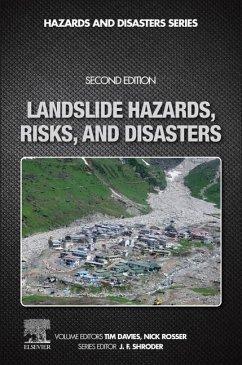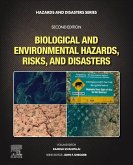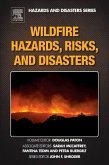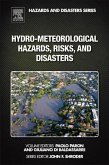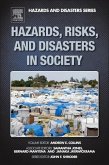Landslide Hazards, Risks and Disasters Second Edition makes a broad but detailed examination of major aspects of mass movements and their consequences, and provides knowledge to form the basis for more complete and accurate monitoring, prediction, preparedness and reduction of the impacts of landslides on society. The frequency and intensity of landslide hazards and disasters has consistently increased over the past century, and this trend will continue as society increasingly utilises steep landscapes. Landslides and related phenomena can be triggered by other hazard and disaster processes - such as earthquakes, tsunamis, volcanic eruptions and wildfires - and they can also cause other hazards and disasters, making them a complex multi-disciplinary challenge.
This new edition of Landslide Hazards, Risks and Disasters is updated and includes new chapters, covering additional topics including rockfalls, landslide interactions and impacts and geomorphic perspectives. Knowledge, understanding and the ability to model landslide processes are becoming increasingly important challenges for society extends its occupation of increasingly hilly and mountainous terrain, making this book a key resource for educators, researchers and disaster managers in geophysics, geology and environmental science.
This new edition of Landslide Hazards, Risks and Disasters is updated and includes new chapters, covering additional topics including rockfalls, landslide interactions and impacts and geomorphic perspectives. Knowledge, understanding and the ability to model landslide processes are becoming increasingly important challenges for society extends its occupation of increasingly hilly and mountainous terrain, making this book a key resource for educators, researchers and disaster managers in geophysics, geology and environmental science.

